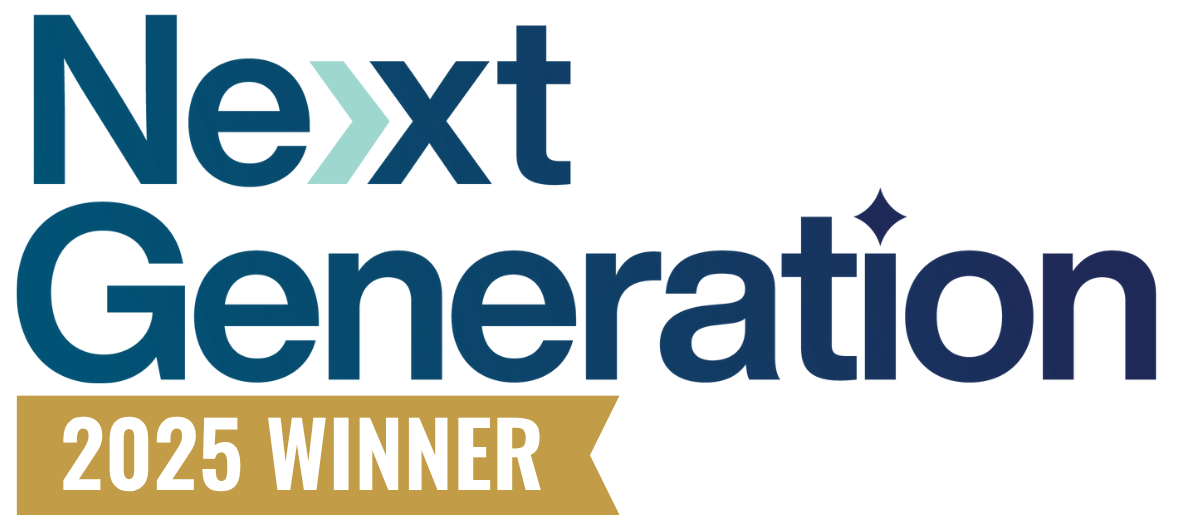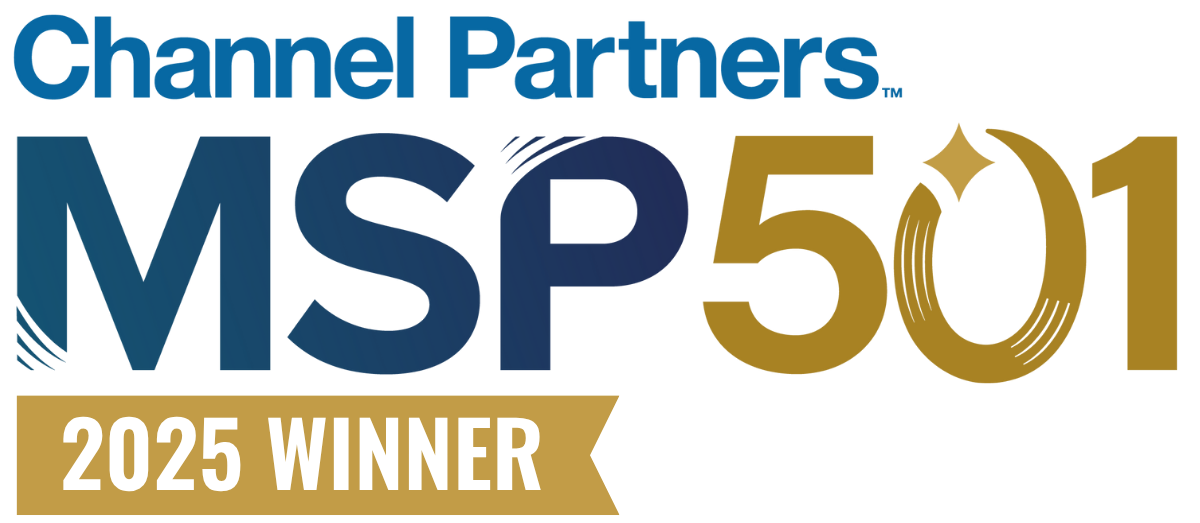What is the FHIR Standard and Why Does It Matter for Healthcare?
The Fast Healthcare Interoperability Resources (FHIR) standard enables healthcare systems to share clinical information seamlessly through modern web-based APIs, replacing traditional document-centric approaches with resource-based data exchange.
CMS regulatory mandates require healthcare organizations to implement FHIR-based APIs by 2026, transforming patient data access and clinical workflows while introducing critical security and compliance considerations.
Healthcare organizations face a fundamental challenge: valuable patient data remains trapped in isolated systems that cannot communicate effectively with each other.
This lack of interoperability creates barriers to coordinated care, delays clinical decision-making, and increases administrative burden for healthcare providers.
The Fast Healthcare Interoperability Resources (FHIR) standard was developed to address these critical data exchange limitations, enabling healthcare systems to share clinical information seamlessly while maintaining security protocols.
Understanding the FHIR standard is one thing. Knowing how it impacts your healthcare business demands strategic document management and cybersecurity expertise to ensure patient data remains secure during electronic health record exchanges across multiple healthcare platforms.
Key Takeaways
- CMS requires FHIR-based APIs by January 2026 for Medicare Advantage, Medicaid, and qualified health plans
- 62% of US hospitals now function in all four domains of interoperability, up from 40% in 2017
- FHIR enables real-time clinical alerts, patient portal integration, and automated data capture from wearables
- Healthcare organizations must conduct annual risk analysis and maintain six years of security documentation
- FHIR implementation requires strategic cybersecurity and document management expertise to maximize benefits while ensuring compliance
FHIR: The Foundation of Modern Healthcare Data Exchange
FHIR standard, developed by Health Level Seven International (HL7), represents a paradigm shift from traditional document-centric approaches to resource-based data exchange.
Unlike Clinical Document Architecture models that package information into complex documents, FHIR directly exposes discrete data elements as services, allowing basic healthcare elements like patients, admissions, diagnostic reports, and medications to be retrieved and manipulated via their own resource URLs.
The architecture builds upon modern web technologies, like HTTP-based REST APIs and JSON formatting, to enable seamless data exchanges.
FHIR resources function as standardized building blocks that healthcare organizations can configure through profiles and implementation guides to meet specific clinical workflows while maintaining interoperability across different healthcare systems.
And it’s quickly becoming the digital standard for the healthcare industry.
FHIR's Impact on Healthcare Interoperability and Patient Data Access
The Patient Access Final Rule represents the most significant regulatory shift toward healthcare data interoperability in recent history.
CMS released the Interoperability and Prior Authorization Final Rule in January 2024, requiring impacted payers to implement FHIR-based APIs by January 1, 2026, for Medicare Advantage organizations, state Medicaid programs, and qualified health plans.
This regulatory mandate means healthcare organizations can now access standardized patient data across insurance networks—enabling a physician to instantly retrieve a patient's complete medical history from their previous insurer during the first visit, rather than waiting days or weeks for paper records.
The regulatory framework extends beyond basic data sharing requirements. Payers must build and maintain Prior Authorization APIs by January 1, 2027, allowing providers to electronically request authorization and receive decisions within specified timeframes—seven days for standard procedures and three days for expedited decisions. This automation reduces administrative burden while ensuring healthcare applications can access relevant clinical data in real-time.
These regulatory changes are accelerating healthcare interoperability adoption nationwide. As of 2021, 62% of hospitals in the United States were functioning in all four domains of interoperability—the ability to electronically send, receive, find, and integrate health information with systems outside their own organization.
This represents a significant increase from just over 40 percent in 2017, demonstrating how regulatory pressure combined with FHIR standardization is transforming healthcare data exchange.
Understanding these four levels of healthcare interoperability provides essential context for organizations navigating FHIR compliance and implementation requirements.
How FHIR Transforms Healthcare Workflows
When done right, FHIR helps healthcare organizations run better.
Individual Healthcare Experience
Patient portal integration represents one of the most visible workflow improvements enabled by FHIR implementation. FHIR gives patients easy access to their medical records through apps and patient portals, allowing individuals to check lab results, track medications, and share critical health information with specialists without logging into multiple hospital portals.
Healthcare organizations can leverage SMART on FHIR capabilities to develop patient-facing applications that integrate with wearable devices, enabling continuous monitoring and automated data capture that flows directly into electronic health records.
Clinical decision support systems benefit significantly from FHIR's real-time data exchange capabilities. FHIR enables real-time alerts and recommendations for clinicians.
When integrated with EHR systems like Epic, it can instantly flag potential drug interactions. If a doctor prescribes a medication that conflicts with a patient's allergies or existing prescriptions, the system immediately alerts them, reducing the risk of medication errors.
These automated clinical workflows extend beyond basic alerts to include computerized care reminders, condition-specific order sets, diagnostic support, and contextually relevant reference information that enhances clinical decision-making at the point of care.
Public Health Management
Healthcare analytics and population health management workflows are transformed through FHIR's standardized data collection capabilities.
During the COVID-19 crisis, New York State used FHIR-based reporting systems to track case numbers in real-time. This helped public health officials allocate resources, monitor outbreaks, and make faster policy decisions, ultimately improving response times and patient outcomes.
The Clinical Reasoning Module within FHIR includes resources designed to support clinical decision support rules, quality measures, public health indicators, and evidence summaries that enable healthcare organizations to improve care at the time of service and evaluate care quality after delivery.
Virtual Healthcare
Mobile health applications and telemedicine workflows are revolutionized by FHIR's RESTful API architecture that supports browser-based healthcare applications accessible from any device or operating system.
FHIR has improved the workflow efficiency of sending and receiving data and has streamlined the decision-making process by making it faster, and data-driven.
Healthcare providers implementing comprehensive digital transformation strategies can leverage FHIR to create integrated workflows that connect clinical documentation, patient engagement tools, and quality reporting systems into unified platforms that support coordinated care delivery across multiple settings and provider networks.
Security and Compliance Considerations
Healthcare organizations implementing FHIR must establish comprehensive security management processes that include risk analysis conducted at least annually, actionable remediation plans, sanctions policies, and procedures to regularly review information system activity. All security documentation must be stored for at least six years and be readily accessible for regulatory audits.
Document security requirements extend beyond basic data protection to encompass the entire lifecycle of clinical information flowing through FHIR resource definitions. The CARIN Consumer-Directed Payer Data Exchange specification requires that protected health information, personally identifiable information, and personal financial data be communicated through authenticated, authorized, and secure channels.
Healthcare providers must implement role-based access controls, secure APIs for data exchange between internal systems and third-party platforms, and comprehensive audit trails that track every access and modification to patient records.
The financial implications of security failures are substantial, with the HHS Office for Civil Rights imposing $6 million in fines so far this year. Healthcare organizations face increased compliance costs as they implement new technologies, conduct more frequent risk assessments, and enhance incident response capabilities.
Healthcare organizations must recognize that FHIR security extends beyond technical safeguards to encompass comprehensive document security protocols that address both digital and physical information handling.
Partner With SymQuest for Secure Healthcare Data Exchange
Success with FHIR depends on more than technical configuration—it requires comprehensive cybersecurity expertise and strategic document management.
SymQuest's managed services approach uniquely combines healthcare IT security, document workflow automation, and regulatory compliance expertise.
Our comprehensive solutions protect patient data while enabling the operational efficiency that FHIR promises, transforming compliance challenges into strategic advantages for healthcare organizations.
Contact SymQuest today to secure your FHIR implementation success.





